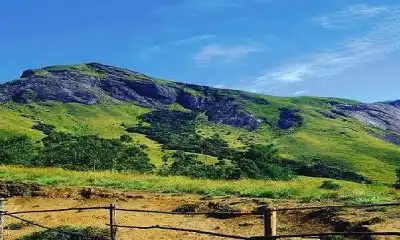Tourism
The flame of the Forest
Sibashish dash
Nobel Laureate Rabindranath Tagore associated it with a ‘celebration of life’. Rudyard Kipling called it ‘flame of the forest’. In Buddhism, it is considered the tree of enlightenment. The bright red flower of Butea monosperma (also known as Dhak, Kesu, or Palash), finds special mention in the history, culture and literature of the country. .
.
Just before the onset of spring, its scarlet blooms wrap around the twisted branches of the thorny vegetation of the Aravalis, setting the entire range on fire. In West Bengal, it is associated with spring, especially through the poems and songs of Rabindranath Tagore, who likened its bright orange flame-like flower to fire. The plant has lent its name to the town of Palashi, famous for the historic Battle of Plassey fought there. In the state of Jharkhand, palash is associated with folk tradition. The beauty of dry deciduous forests of Jharkhand reach their height when most trees have shed their leaves and the Palash is in its full bloom. In Telangana, these flowers are specially used in the worship of Lord Shiva on occasion of Shivaratri. In most of the old namboodiri (Kerala Brahmin) houses, one can find this tree because this is widely used for their fire ritual. The tree was also featured in The Jungle Book in the story Tiger! Tiger! as the tree Mowgli instructs his wolf-brother Grey Brother to wait under for a signal that Shere Khan has returned.
भाजपा के स्थापना दिवस पर PM मोदी का संदेश, कोरोना से जंग में न थकना है… न रुकना है… बस जीतना है
It is quite unfortunate that India is losing its ecological diversity. The doab region between Ganga and Yamuna, was full of dhak trees, which were subsequently cleared for agricultural. Our surroundings have shaped our culture and heritage for centuries and hence losing our ecology will result in losing our roots. How are we going to appreciate the future without knowing our past?

















